![]()
Since its earliest days, cinema has been endowed with a sense of glitz, glamor and elegance. For the stars, adored by scores of fans on the eternal red carpet, image is vital to success. Hand tailored suits and designer dresses glisten and sparkle enticingly from the outside.
However, within the films themselves, costume design and style is as much an integral component of the film’s aesthetic structure as it is about wowing the viewer with beauty and diamonds.
Costume designers have the ability to code the fashion of the everyday with meaning and significance. As icons and role models, actors – even specific characters – have had a major influence on fashion culture. Popularising certain looks and trends that would come to define a generation, think just how James Dean forever changed the Jeans and T-shirt look or when Marilyn Monroe put on a pair of jeans in John Huston’s The Misfits.
Style is not limited to the flamboyant, the eye-catching or the cool, it is also a matter of details; where would Humphrey Bogart be without a cigarette? Perhaps most importantly the clothes need a body, a presence to carry them off and make them feel lived in.
This list, which is the first of a two part series, has selected twenty films that have had a major impact on fashion within and outside the film culture. This first part is looking specifically at icons of male style.
1. The Sheik (1921)
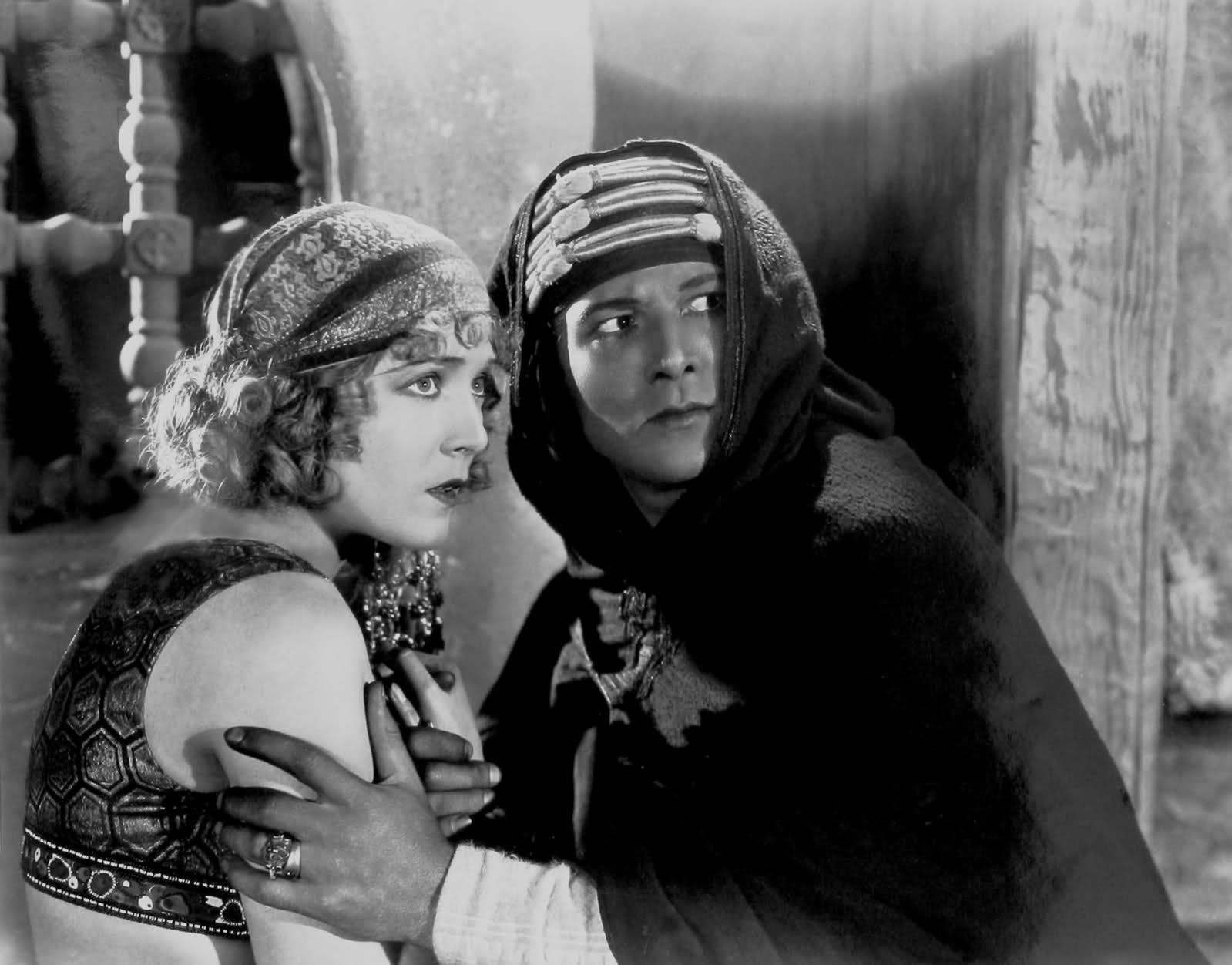
George Melford’s silent romantic drama, The Sheik made a star of lead actor Rudolph Valentino. The story revolves around a head-strong woman and the Arabian Sheik who falls in love with her.
Valentino’s exotic, Mediterranean look was fresh and exciting against the blue-eyed, all-American image that dominated Hollywood at the time and he quickly became known as the “Latin Lover.” His fashion-forward outfit, which features a signature turban, is the height of jazz age exoticism and was instrumental in cementing his status as a sex symbol.
2. Casablanca (1942)
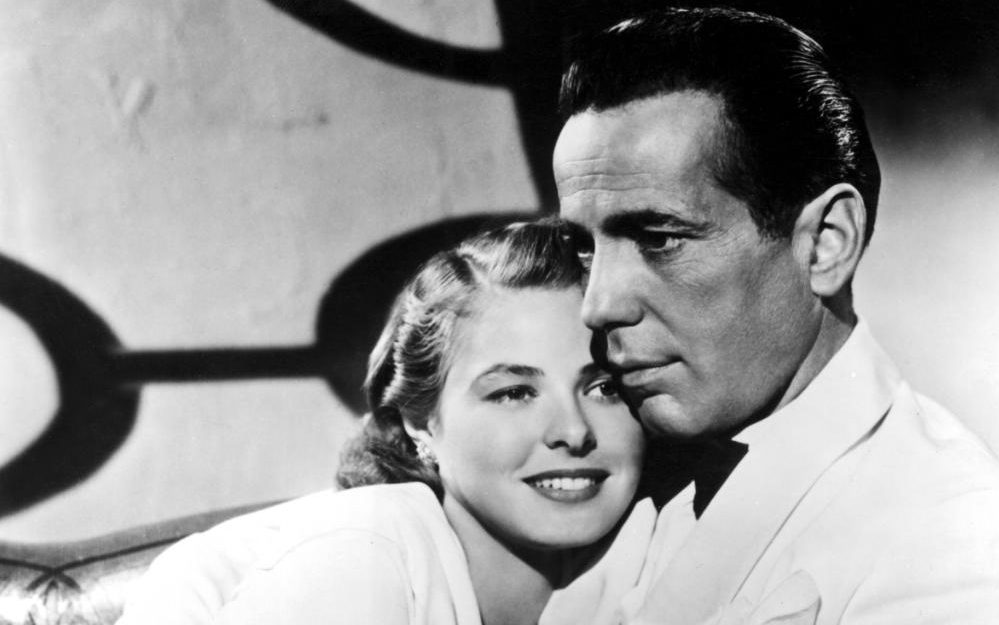
Humphrey Bogart lacked the physical presence of the traditional Hollywood leading man and as such he crafted his leading man persona out of style and pre-James Bond class.
This was never more apparent than in Michael Curtiz’s 1942 classic Casablanca. The trilby, overcoat and cigarette are all vintage Bogart, but it is the bold white tux that cements its place in movie fashion history. A gleaming facade of sophistication, in the ambiguous danger in a time of war.
3. A Streetcar Named Desire (1951)
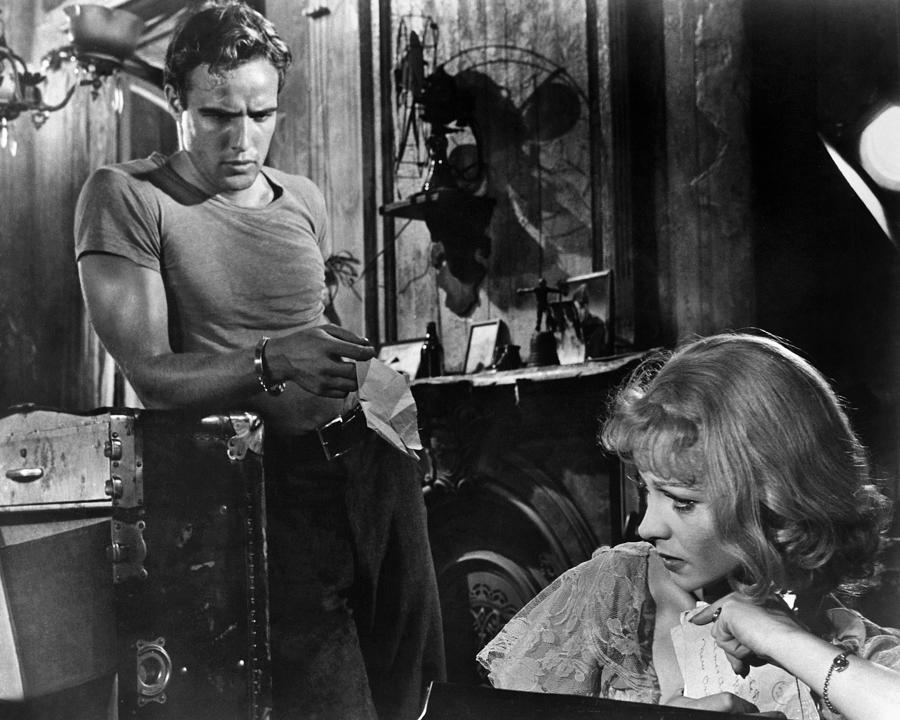
In Elias Kazan’s adaptation of the Tennessee Williams play, Marlon Brando’s Stanley Kowalski is a projected manifestation of male blue collar physicality.
With his Greek physique, drenched in sweat and grease, he commandeers the screen in a torn white vest, pleated jeans and a flat cap. Brando would adopt another famous blue collar outfit in Kazan’s On the Waterfront.
4. Rebel Without a Cause (1955)
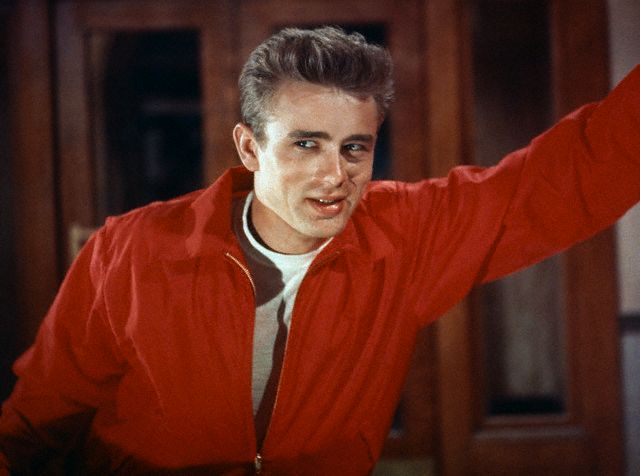
For the youth of the fifties, James Dean became a singular voice of discontent and growing alienation. His persona was forever associated with his iconic outfit in Nicholas Ray’s greaser melodrama.
Dean’s Jim Stark is an outcast, a lone wolf killing time between losing battles. His signature white t-shirt and jeans is brought out amongst the pastel greys and greens by a brilliant red bomber jacket. The image on the poster of Dean, collar popped and smouldering, has become immortalised in movie culture.
5. 8 1/2 (1963)
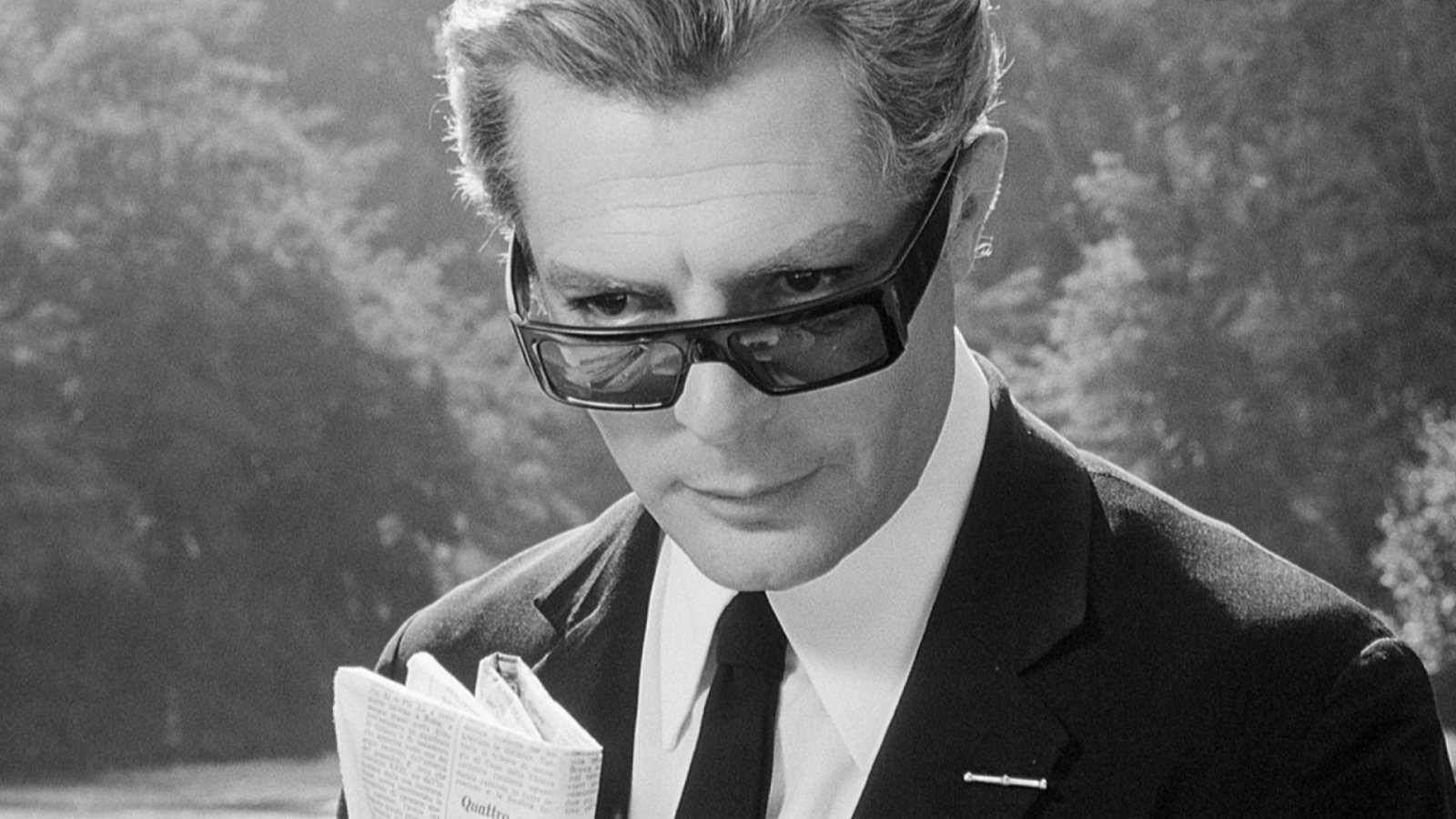
Marcello Mastroianni simply oozes the effortless cool of sixties high society in so much of his work of this era. Jet black suit, owl eyes and wavy hair are all elements of the persona.
However, for Fellini’s carnival of procrastination he donned a thick-framed pair of Prada glasses and Stetson dress hat that give him a wry awareness that so perfectly underscores the Hedonistic goings-on of his surroundings. Let us not forget the towel and whip combo, in the film’s famous dream sequence.
6. Pierrot le Fou (1965)
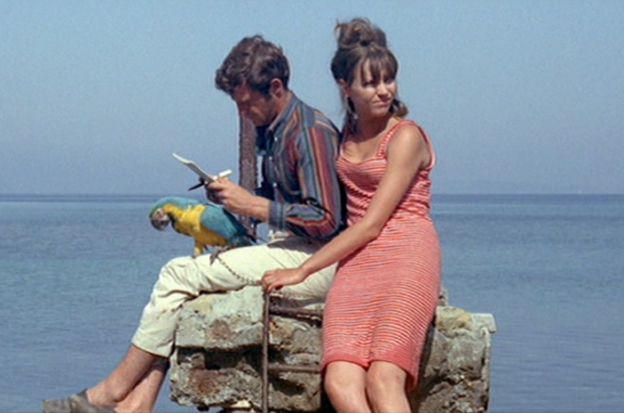
Jean-Paul Belmondo and New-Wave darling Godard propagated the American-chic that dominated the early sixties films of La Nouvelle Vague like À bout de souffle and Bande à part. Eastman Colour Negative film used for many of Godard’s works lend a real pop to the fashion of his characters.
The director called the couple in Pierrot le Fou ‘the last romantic couple on earth’ and Belmondo’s light grey suit jacket with open collar, multicoloured shirt and parrot companion, perfectly encapsulates the breezy summer vibe the film gives off.
7. Blow-Up (1966)
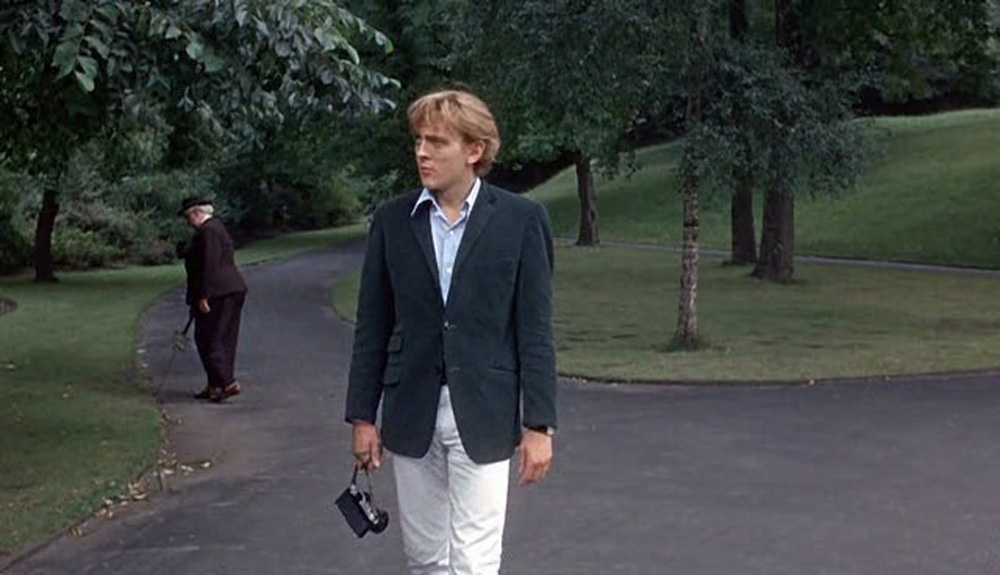
Michael Antonioni’s first international feature is set in the swinging London photography scene. David Hemmings plays a David Bailey-esque photographer who divides his time between his studio and the beautiful models who inhabit it. That is, until he stumbles upon a scene that may or may not be a murder.
Antonioni is distinctly critical of an industry built upon the abstract qualities of beauty but that didn’t stop Hemmings’ character becoming a symbol for the bohemian lifestyle himself. His matted blonde hair, open shirt and velvet blazer carry a loose sophistication and the camera, a Nikon F, became an essential accessory.
8. Branded to Kill (1967)
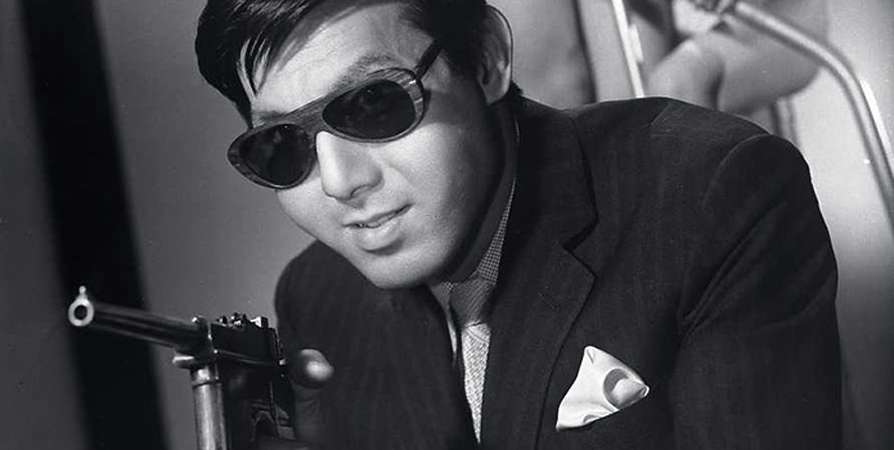
Joe Shishido is a veritable icon of the cool in his native Japan and for cult audiences across the world. The early period of his career is made up of melodramas and genre pictures made with the studio Nikkatsu.
In 1957 he underwent cheek augmentation surgery to increase the size of his cheekbones and give himself a unique ‘chipmunk’ look.
It was this surreal hitman comedy from Seijun Suzuki that garnered his reputation as one of Japanese cinema’s most iconic character actors. Shishido plays Gorô Hanada, a hitman with a fetish for boiled rice thrown into conflict after a botched job. Shishido’s unique looks are accented by a sharp suit and bug-eyed sunglasses.
9. Easy Rider (1969)
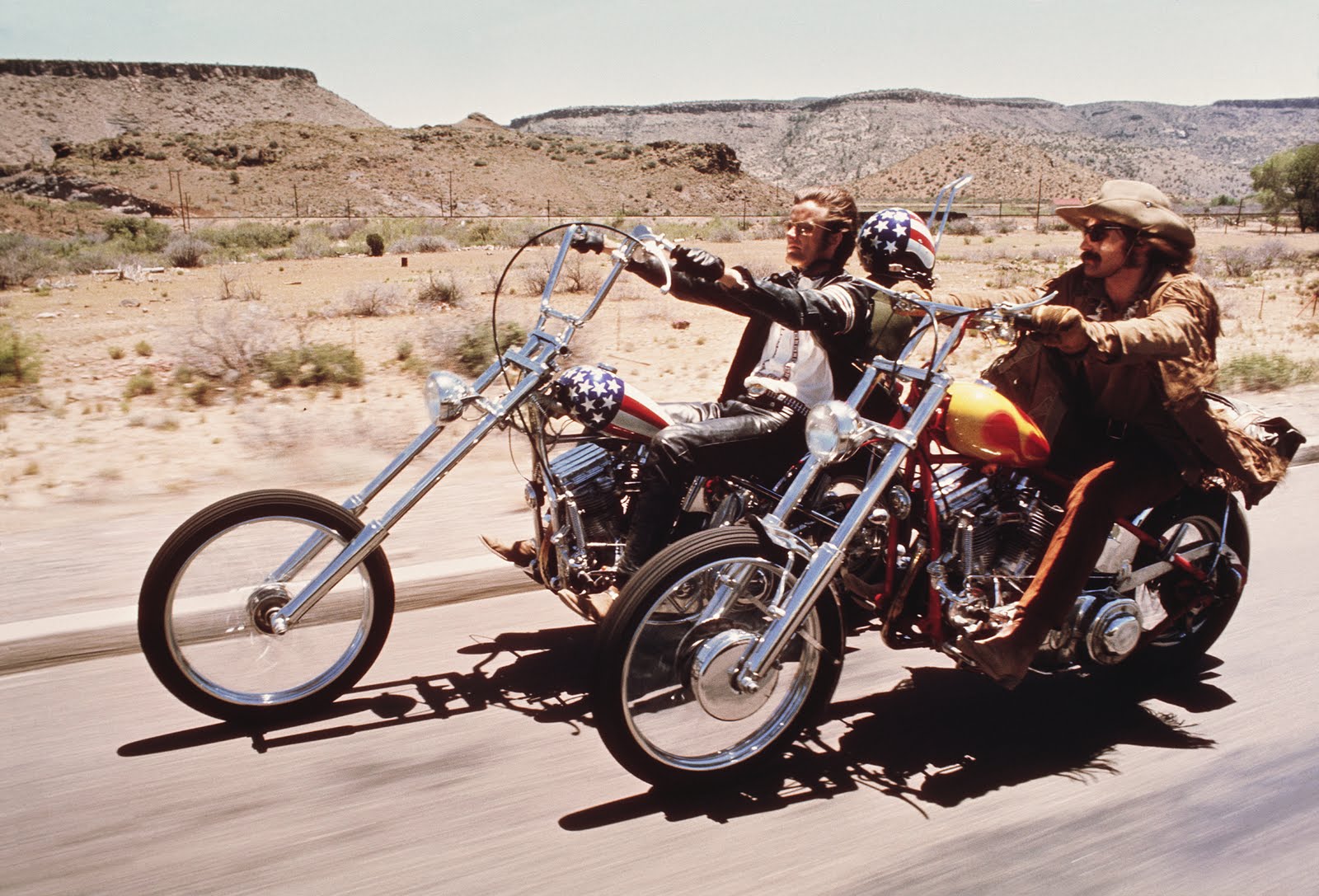
Director, actor and all-round renaissance man, Dennis Hopper was acutely aware of the cultural rifts emerging in the middle-class youth of 1969. His directorial debut, an experimental road trip made famous for its groundbreaking drug use and soundtrack, features a biker duo turning their back on society and trying to make good in the land of the free.
The film is practically a showcase for the different ways of living in the US at the time and how they looked too. However it is the stars, Peter Fonda and Hopper, whose signature choppers and dress sense became talismans of the counterculture movement.
Fonda is one of the few men who could pull off such sideburns, and the leather jacket with American flag stitched into it became an ironic symbol of alienation. Hopper dons a fringed jacket and cowboy hat, a modern day embodiment of one of America’s most defined representations of freedom.
10. Super Fly (1972)
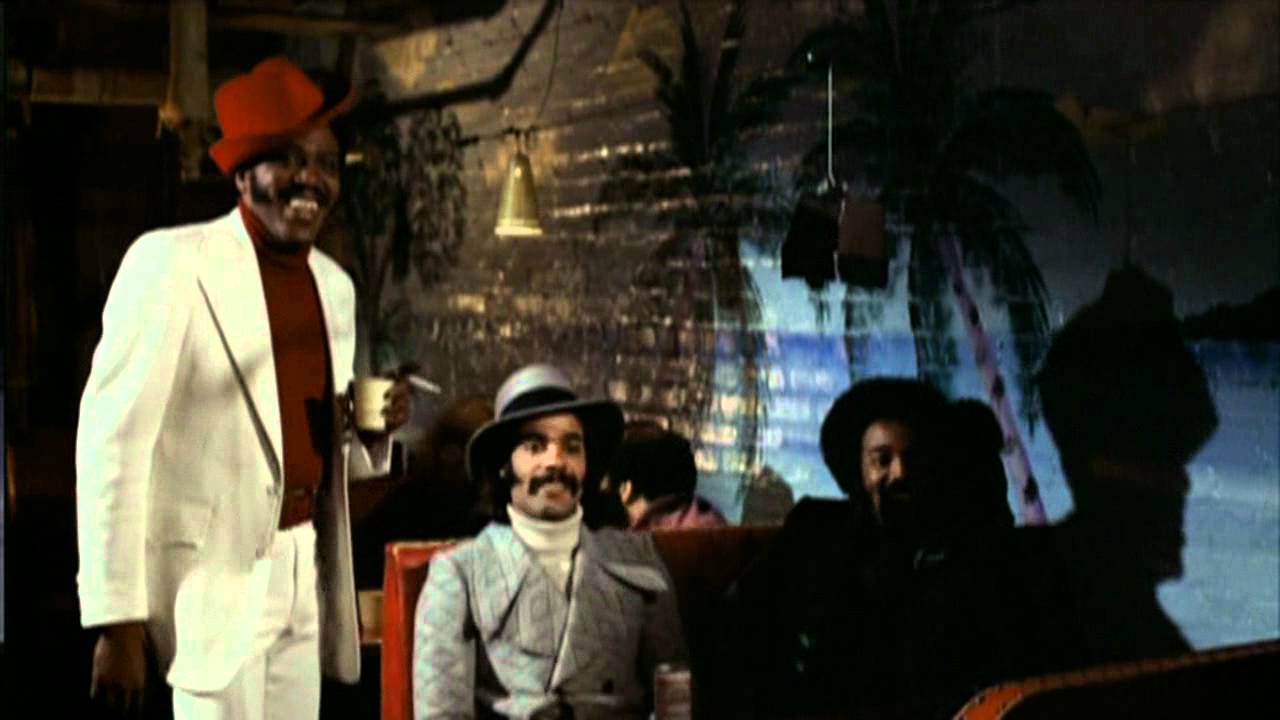
Gordon Park Jr’s blaxploitation film about a drug dealing pimp called Youngblood Priest (played by Ryan O’Neal) looking to score one more time before quitting the game.
A huge influence on black fashion culture at the start of the seventies. Hustler’s and pimps began to emerge as realistic, anti-heroes created by economic necessity – style was one way of asserting their reputation. To this end, Priest has some of the best example outfits; heeled boots, high-crowned Stetson, bellbottom jeans, cream turtleneck and a whole assortment of overcoats.